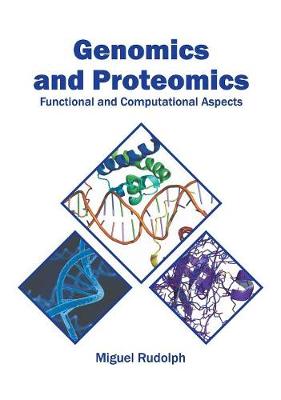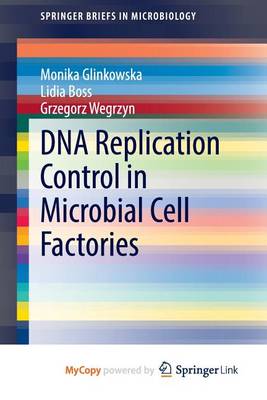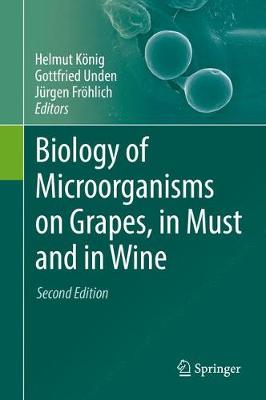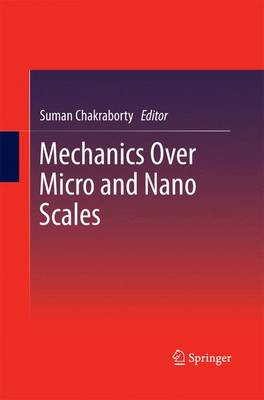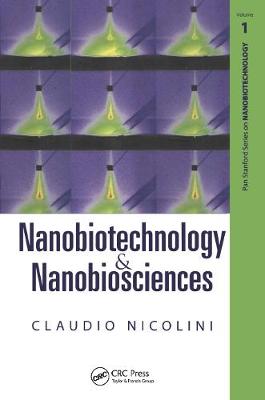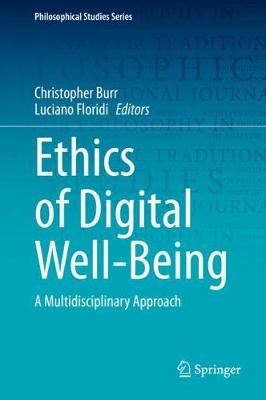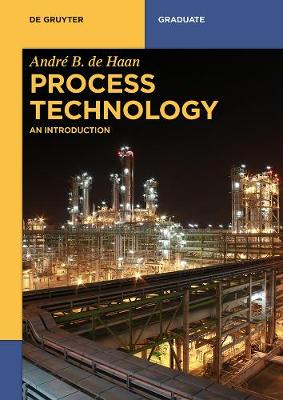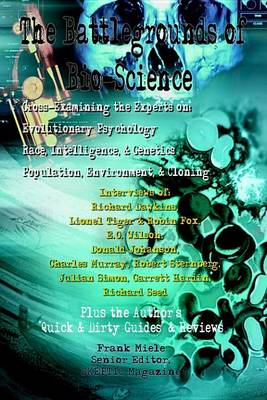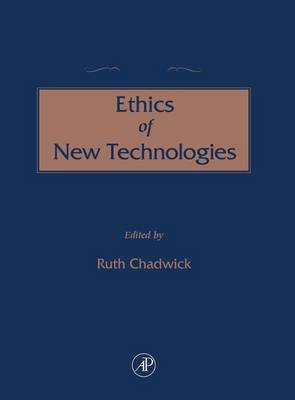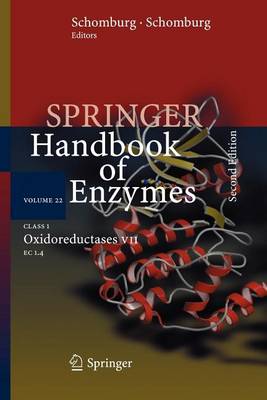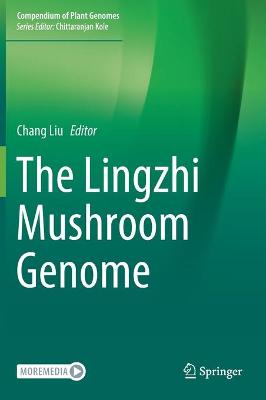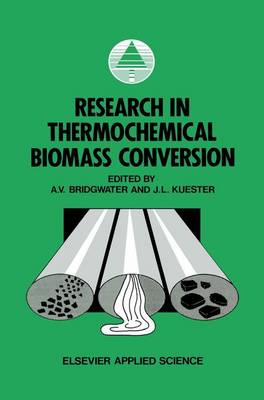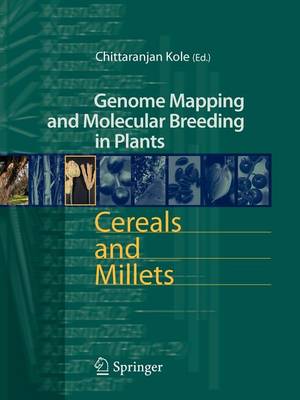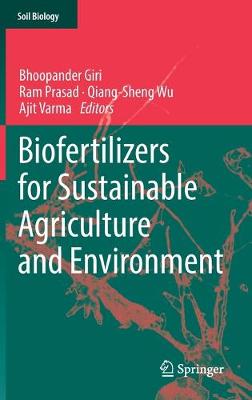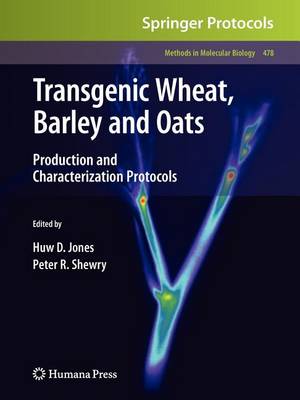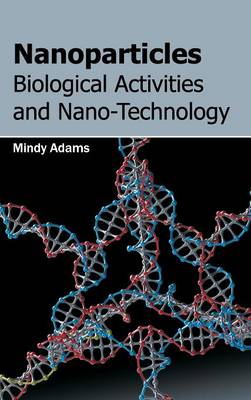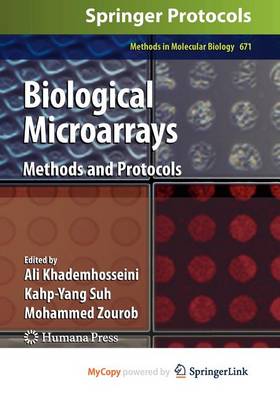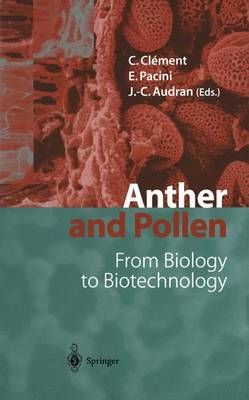Plastics from Bacteria (Microbiology Monographs, #14)
Due to the possibility that petroleum supplies will be exhausted in the next decades to come, more and more attention has been paid to the production of bacterial pl- tics including polyhydroxyalkanoates (PHA), polylactic acid (PLA), poly(butylene succinate) (PBS), biopolyethylene (PE), poly(trimethylene terephthalate) (PTT), and poly(p-phenylene) (PPP). These are well-studied polymers containing at least one monomer synthesized via bacterial transformation. Among them, PHA, PLA and PBS are well...
DNA Replication Control in Microbial Cell Factories
by Monika Glinkowska, Lidia Boss, and Grzegorz Wegrzyn
Infrastructure and Activities of Cells (Biotol, Biotechnology by Open Learning)
by Biotol, B C Currell, R C E Dam-Mieras, and M C E Van Dam-Mieras
Biological Magnetic Resonance, Volume 15
by Lawrence J. Berliner and Pierre-Marie Robitaille
Biology of Microorganisms on Grapes, in Must and in Wine
The second edition of the book begins with the description of the diversity of wine-related microorganisms, followed by an outline of their primary and energy metabolism. Subsequently, important aspects of the secondary metabolism are dealt with, since these activities have an impact on wine quality and off-flavour formation. Then chapters about stimulating and inhibitory growth factors follow. This knowledge is helpful for the growth management of different microbial species. The next chapters...
Mechanics Over Micro and Nano Scales
Mechanics Over Micro and Nano Scales covers the recent developments in the fields of mechanics in all forms over micro, meso and nano scales. Special emphasis is given to related novel applications and includes fundamental aspects of fluid and solid mechanics, soft matters, scaling laws, and synthetic biology. At the micro and nano scales, realization of many technologically viable ideas relies on the skillful integration of mechanics at macroscopic and molecular levels, both for solids as well...
Nanobiotechnology & Nanobiosciences (Jenny Stanford Series on Nanobiotechnology)
by Claudio Nicolini
This volume introduces, in a coherent and comprehensive fashion, the Pan Stanford Series on Nanobiotechnology by defining and reviewing the major sectors of nanobiotechnology and nanobiosciences with respect to the most recent developments. It covers the basic principles and main applications of nanobiotechnology as an emerging field at the frontiers of biotechnology and nanotechnology, with contributions from leading scientists active in their respective specialties.
Ethics of Digital Well-Being (Philosophical Studies, #140)
This book brings together international experts from a wide variety of disciplines, in order to understand the impact that digital technologies have had on our well-being as well as our understanding of what it means to live a life that is good for us. The multidisciplinary perspective that this collection offers demonstrates the breadth and importance of these discussions, and represents a pivotal and state-of-the-art contribution to the ongoing discussion concerning digital well-being. Further...
Process Technology provides a general overview about chemical and biochemical process technology. It focuses on the structure and development of production processes, main technological operations and the important aspects of process economics. The theoretical foundations in each chapter are supplemented by case studies and examples in a clear and instructive manner to illustrate the practical aspects. The author highlights operating principles, reasons for application and available industrial e...
The Concise Encyclopedia of the Ethics of New Technologies
The ethical assessment of new technologies raises two principal concerns: the need to develop effective policies and legislation, and the reconsideration of the ethical frameworks in which these policies and laws are developed. The importance of rapid, accurate examinations of tensions between Philosophy and Law and the relationship between philosophical principles and empirical data has never been greater. The Concise Encyclopedia of Ethics of New Technologies includes 23 articles previously...
Riegel's Handbook of Industrial Chemistry (Riegel's Handbook of Industrial Chemistry)
by Emil Raymond Riegel and James Albert Kent
A comprehensive and current account of chemistry and chemical engineering technologies, providing updates, as well as new chapters on topical areas such as safety, waste minimization, quality control, and emergency planning. Detailed information is included on the chemistry, engineering, economics, and technological infrastructure of all major chemical process industry segments. The book is intended for chemical engineers.
The Springer Handbook of Enzymes provides concise data on some 5,000 enzymes sufficiently well characterized - and here is the second, updated edition. Their application in analytical, synthetic and biotechnology processes as well as in food industry, and for medicinal treatments is added. Data sheets are arranged in their EC-Number sequence. The new edition reflects considerable progress in enzymology: the total material has more than doubled, and the complete 2nd edition consists of 39 volumes...
The Lingzhi Mushroom Genome (Compendium of Plant Genomes)
This book becomes an invaluable reference on the genetic resources, genome, genes, chemical compounds, and their therapeutic effects for the Lingzhi mushrooms. It is the first comprehensive compilation of genetic resources, nuclear genome, mitochondrial genome, genes, noncoding RNAs, such as long intergenic noncoding RNAs, microRNAs, circular RNAs, genes in the biosynthetic pathway, chemical compounds and their therapeutic effects, transformation system for the expression of key genes, a bibliom...
Research in Thermochemical Biomass Conversion
This conference is the second such meeting under the auspices of the International Energy Agency's Bioenergy Agreement. The first lEA sponsored Fundamentals of Thermochemical Biomass Conversion Conference was held in Estes Park in 1982 and attracted 153 delegates from 13 countries around the world at a time when interest in biomass derived energy was at a peak. Since then oil prices have fallen considerably and with most prognoses for level prices until the end of the century, there has been a s...
Xxxxxx Ref. 3-211-82477-4
Biofertilizers for Sustainable Agriculture and Environment (Soil Biology, #55)
This book provides a comprehensive overview of the benefits of biofertilizers as an alternative to chemical fertilizers and pesticides. Agricultural production has increased massively over the last century due to increased use of chemical fertilizers and pesticides, but these gains have come at a price. The chemicals are not only expensive; they also reduce microbial activity in agricultural soils and accumulate in the food chain, with potentially harmful effects for humans. Accordingly, it is...
Transgenic Wheat, Barley and Oats (Methods in Molecular Biology, #478)
Understanding the physical and genetic structure of cereal genomes and how defined coding and non-coding regions interact with the environment to determine a phenotype are key to the future of plant breeding and agriculture. The production and characteri- tion of transgenic plants is a powerful reverse genetic strategy increasingly used in cereals research to ascribe function to defined DNA sequences. However, the techniques and resources required to conduct these investigations have, until rece...
Biodiversity, Biotechnology and Traditional Knowledge
by Aravind Kumar and Govind Das
Biodiversity, Biotechnology and Traditional Knowledge contains well- researched and wide- ranging articles on medicinal plants and their therapeutic use in health care and healing, and the role of IPRs in the protection of Intellectual Capital. In addition to augmenting understanding of Intellectual Property Rights in reference to Biodiversity, Biotechnology and Traditional Knowledge, the book also generates awareness against the unethical practices like bio-piracy and bio-prospecting in medicin...
Pollen, the plant structure most widely used by humans, is a key structure in plant reproduction giving rise to fruits and seeds. Moreover, the biotechnological use of pollen is of great importance for plant breeders since it allows to obtain varieties with better utilization and yield. In the first part, the successive steps of pollen development in the anther from floral induction to pollen germination and fertilization are thoroughly examined; the second part is devoted to pollen behaviour in...


